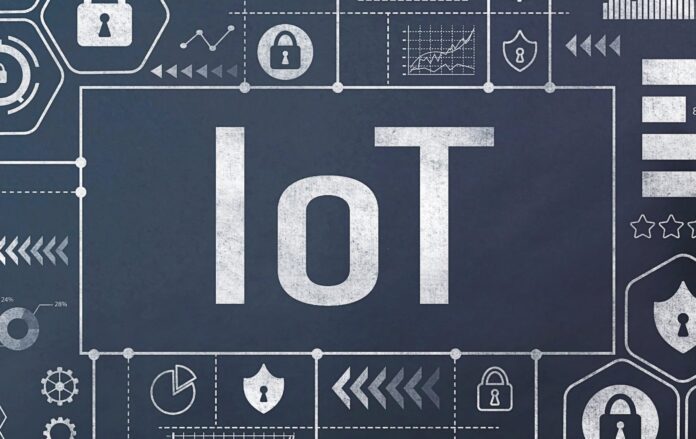The GSMA published the SGP.32 eSIM IoT Technical Specification in May
Last year, the GSMA published the architecture and requirements for the new eSIM remote provisioning standard intended for IoT devices, SGP.31 eSIM IoT Architecture and Requirements for remote provisioning of eUICCs in Network Constrained and/or User Interface (UI) Constrained IoT Devices.
Since the approval of SGP.31, the industry has been waiting for the GSMA to release SGP.32, the technical implementation specification of SGP.31. On May 26, the GSMA SGP.32 eSIM IoT Technical Specification was published, paving the way for device makers to start reaping the benefits of the new standard and scale their IoT projects.
According to IoT specialist KORE, SGP.31/.32 introduced a new component, the eIM (eSIM IoT Remote Manager), which is a standardized eSIM provisioning tool that facilitates the deployment and management of eSIM-enabled IoT devices at a large scale. KORE explained that the purpose of this new component is to standardize the process of mass deployment of eSIM-enabled IoT devices, also known as Massive IoT.
KORE also noted that the new standards will enable many new user cases such as:
-Single SKU for OEMs – where, with remote configuration via eIM, mass provisioning could be managed to different operators around the world for a single product variant;
-Better scalability via reduced complexity – meeting the emerging needs of iSIM, fleet management, smart cities, and utilities, and
-Standalone Consumer IoT devices, such as trackers or smartwatches – being able to benefit from traditionally IoT product offerings, like multi-IMSI global roaming.
According to Kigen, a company which focuses on eSIM and iSIM solutions, SPG.32 simplifies how to deploy eSIM ecosystem on the backend with the ability to remotely control eSIM download operation. Kigen highlighted that with the release of the new specification, a wider list of protocols has been specified to cover many categories of devices. For instance, CoAP/UDP/DTLS has been specified for LPWAN Devices. It is also possible to use HTTP/TCP/TLS for broadband devices, while it also defines mechanisms for the eIM to verify the compatibility with the IoT device, Kigen said.
“The eIM can communicate with any IoT device and any SM-DP+. The IoT device can communicate with any SM-DP+ or any eIM. There is no need for pre-negotiation between actors. eIM can now be configured flexibly at eUICC Manufacturing, IoT device manufacturing, or in the field, whichever suits the manufacturing flow better. The process of adding, deleting, or changing an eIM is fully standardized,” said Kigen.
“In addition to the eIM, the new eSIM IoT specification introduces a simplified IoT profile assistant (IPA). This is a tuned local profile agent, available in two variants that can run either directly on the eUICC (LPAe) or in the IoT device (LPAd). Both operate the same way as far as the eIM and SM-DP+ is concerned. Customers can activate local profile switching in more convenient and user-friendly forms,” Kigen added.
Meanwhile, Jan Lattunen, CCO at Simplex Wireless, previously said that the first solutions based on the new specifications were expected to hit the market during the third quarter of this year. “This will likely be an IPA.d type of implementation with a Linux environment. From a mass adoption point of view, it is likely a different story. Mass adoption of the new IoT eSIM specification will depend greatly on when module makers such as Quactel, Fibocomm and Telit begin integrating it on their modules or when device makers will have it readily available. This is likely to occur in 2024 and beyond before IoT hardware with SGP.32 support will be readily available. Overall, we believe this is a positive development on the adoption of eSIM implemented IoT beyond Consumer devices,” Lattunen said.
“The good news about SGP.32 is that it focuses more on the remote provisioning aspect with the introduction of a new client with IPA and new service eIM,” Lattunen added.

